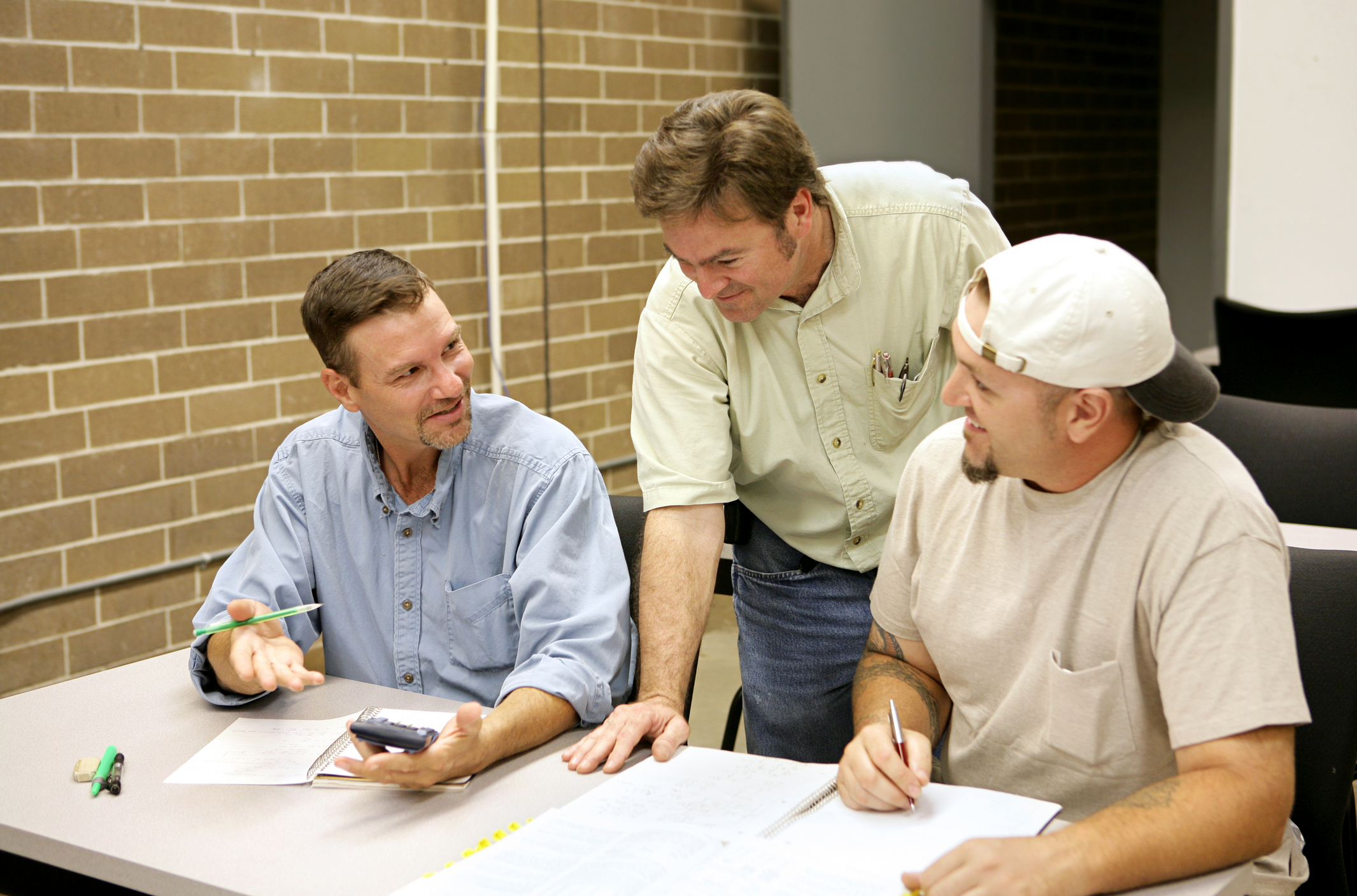Here we are, already half-way through the summer, and over halfway through the year. The “dog days” are here, and I will mention how a “smart building” can adapt to these days as the topic this month in the editorial calendar of ELECTRICAL CONTRACTOR Magazine is “smart building.” First, let’s consider the definition of the word “smart.”

DEFINE SMART
smart /smärt/
adjective
- Having or showing quick-witted intelligence
- (Of a device) programmed so as to be capable of some independent action
Obviously, the latter versus the former will be the appropriate definition related to a smart building. I do believe that systems have been “smart” for awhile now, but they themselves are getting smarter and the integration of various systems is making buildings more adaptive to the environment and its occupants than ever. Buildings of the future must connect the various pieces in an integrated, dynamic, and functional way to make the most impact.
SMART SYSTEMS
A few months back, we talked about smart lighting. We should all be familiar with this because it is everywhere! Have you noticed as you walk down the frozen food aisle at the grocery store that the lights go on and off as you pass? Really, what is the sense of keeping the lights on if no one is looking at the products inside? The other day, I opened the door to the stairwell at the gym and as soon as I hit the first step, the lights got brighter. That’s smart lighting. It senses occupants and adjusts the lighting to higher levels when they are present and lowers it when they are not. The same is true with building skylights or windows. Daylight harvesting allows the use of ambient light instead of artificial light to save energy and operating costs for the building. That’s really what this is all about– comfort for the occupants, less wear and tear on building machinery, predictive maintenance based on data outputs, and ultimately energy savings which is good for the environment.
SMART BUILDINGS + CONTROL
A benefit of having a smart building is that a building owner or manager will ultimately have more control over the environment due to the information that is being generated by smart devices and programming. Needless to say, this information goes way beyond the traditional BMS (Building Management System) or EMS (Energy Management System) control systems and takes it a step further by taking inputs to change the control to operate more efficiently at each moment throughout the day.
Let’s take for example, the building HVAC system. In a traditional model, the HVAC system would have preprogrammed temperatures set throughout the day. In a smart model, the HVAC system will work with several data inputs to decide which action is best for the buildings’ occupants and the buildings’ energy efficiency goals.
Environmental air quality is a big issue in any building and the buildings CO2 levels are monitored for certain comfort levels. If those levels were in an “acceptable” range due to fewer occupants on a particular day, then why would the HVAC system have to take in fresh outdoor air and spend the energy to “condition” it? In a smart building, it wouldn’t unless it had to.
All of this can be achieved using software that can generate data to make informed decisions about many different functions. Imagine using the weather report to decide on how your HVAC is going to function? It makes sense though, doesn’t it? Think of those older buildings that are made with a lot of exterior glass. In a smart building, there would undoubtedly be solar shades that automatically open or close to help the HVAC system regulate the desired temperature. Cool, right?
SENSORS GALORE
Have you heard of devices called IoT or Internet of Things? They can be sensors, software or anything that allows you to collect data about your building’s operation. A simple example of this is an occupancy sensor that shuts the light (and even the power) off in an unoccupied room. Virtually any part of your building’s operation can be monitored and, if it can be monitored, there exists the possibility to save money. As a matter of fact, there is a trend of businesses increasing their investments in IoT, using smart technology to optimize energy use, improve wellness of its occupants, and reduce costs.
Another very interesting fact is that in smart building systems, machinery can be monitored, and failures can be predicted when the data deviates from the norm well in advance. This results in saving both time and money and, possibly, catastrophic failures. Where data exists, the possibilities for control are endless!
FINAL THOUGHTS
Admittedly, I have just scratched the surface of this very interesting topic. In a nutshell, smart building is about saving money through optimized operation and increased efficiency, while at the same time increasing the comfort of the buildings’ occupants resulting in less stress on the power grid. I do believe that we will be seeing more of more of this as technology continues to develop, making buildings smarter and more comfortable than ever.
Next month is the NECA Nashville pre-show check in! If you are anything like us, you are excited to be participating in either the live or virtual show! We’ll be there virtually and in-person at Booth 2207! Also, be sure to check out Marc’s latest podcast Electrical Estimating with Marc Candels. You can listen and subscribe to it wherever you listen to podcasts.
Finally, thank you for reading, and, as always, happy estimating!














